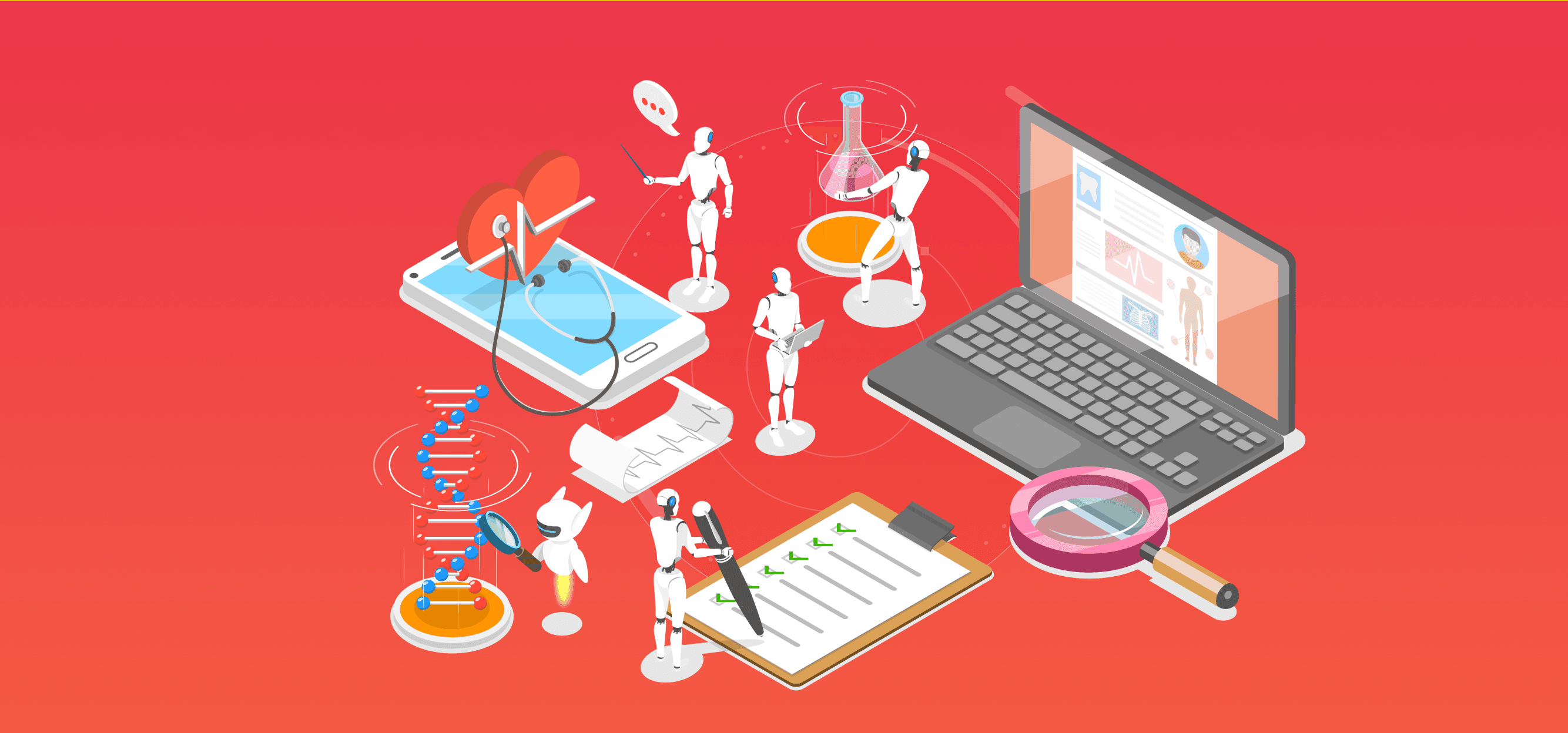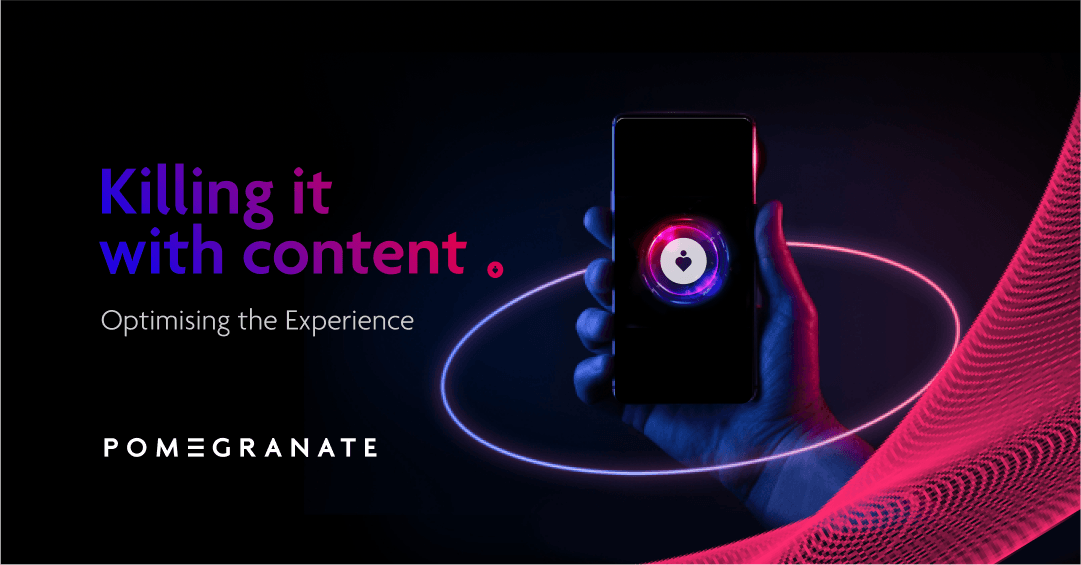In the field of user experience (UX) design, understanding what drives user behaviour is crucial. One powerful framework that has gained a reputation is the Fogg Behavior Model, developed by Dr. B.J. Fogg, a behaviour scientist at Stanford University. This model not only provides a robust foundation for understanding user actions but also offers practical strategies for driving positive behavioural change. By using the principles of the Fogg Behavior Model, designers can create products that effectively guide users toward desired actions, ultimately enhancing user satisfaction and engagement.
Overview of the Fogg Behaviour Model
The Fogg Behaviour Model (FBM) states that three elements must converge simultaneously for a behaviour to occur: Motivation, Ability, and Trigger. Represented as B=MAT, the model suggests that a target behaviour (B) happens when a user has sufficient motivation (M), the ability to perform the behaviour (A), and a prompt or trigger (T) to initiate the behaviour.
Key Components of the Fogg's Behaviour Model
Behaviour (B):
In UX design, behaviour refers to any action a user takes within a digital product or service. This could range from clicking a button and completing a form, to making a purchase or sharing content on social media. Understanding the desired user behaviour is the first step in effectively applying the Fogg Behaviour Model.
Motivation (M):
Motivation is the internal drive that prompts users to act. According to Fogg, motivation can be broken down into three core motivators: pleasure/pain, hope/fear, and social acceptance/rejection. These motivators influence whether a user feels inclined to engage with a product or not. For example, a fitness app might leverage the pleasure of achieving a health goal or the fear of health risks to motivate users.
Ability (A):
Ability refers to the ease with which users can perform the desired behaviour. Even highly motivated users will not act if the task is too difficult. Simplifying user tasks is key to enhancing ability. This could involve minimising the number of steps required to complete a task or making navigation more intuitive.
Trigger (T):
Triggers are cues that prompt users to take action at the right moment. These can be external, such as notifications or prompts, or internal, such as a user’s own emotions or routine. Effective triggers are timely and relevant, guiding users to take the desired action when they are both motivated and able.
But what do all these components look like together?
For example, Duolingo motivates users with gamified elements such as streaks, rewards, and leaderboards that provide pleasure and social acceptance. The app then increases ability by offering bite-sized lessons that are easy to fit into a user's routine. Finally, triggers are employed through daily reminders and progress notifications that encourage users to continue their language-learning journey. This example demonstrates how the FBM’s components work together to drive user behaviour, providing a foundation for a deeper exploration of each element in optimising UX design.
Conclusion
The Fogg Behaviour Model offers a comprehensive approach to understanding and designing for user behaviour in UX. By focusing on the connection between motivation, ability, and triggers, designers can craft experiences that not only meet user needs but also drive meaningful interactions. As UX continues to evolve, the principles of the FBM will remain a valuable tool for creating intuitive and effective digital products.
In the following weeks, we will delve deeper into each component of the Fogg Behavior Model, exploring how motivation, ability, and triggers can be harnessed to optimise user experience. Stay tuned for our next article on understanding user goals and motivations in UX design.
If you would like to learn more about how you can drive behaviour for your digital experiences, talk to an expert here.





